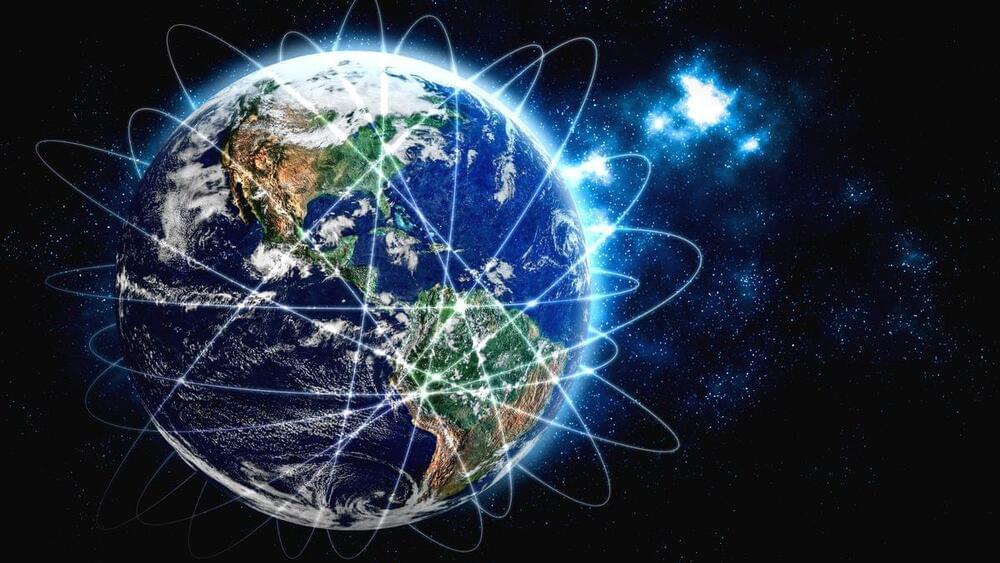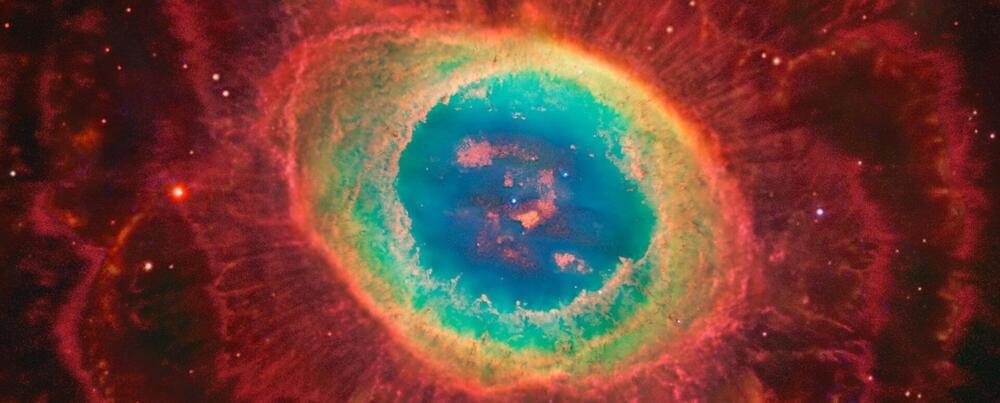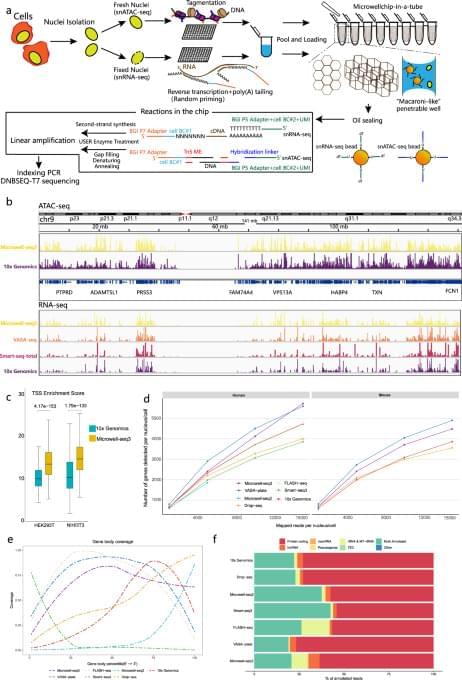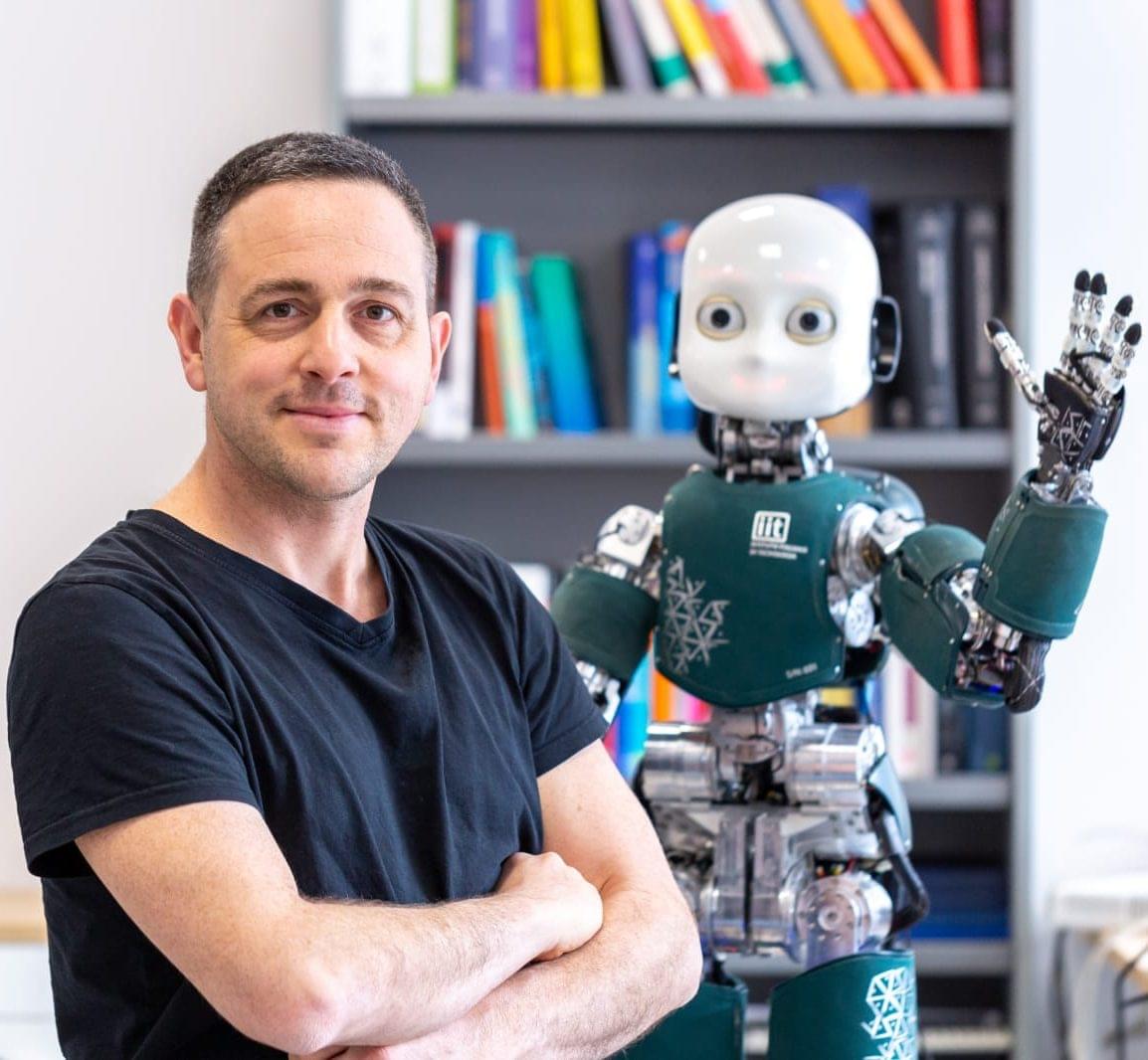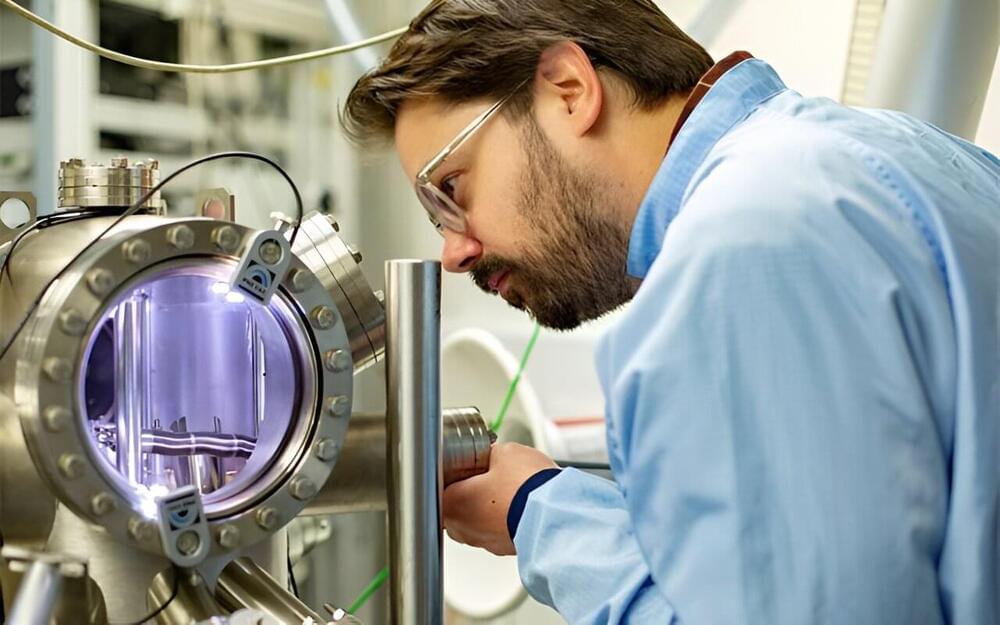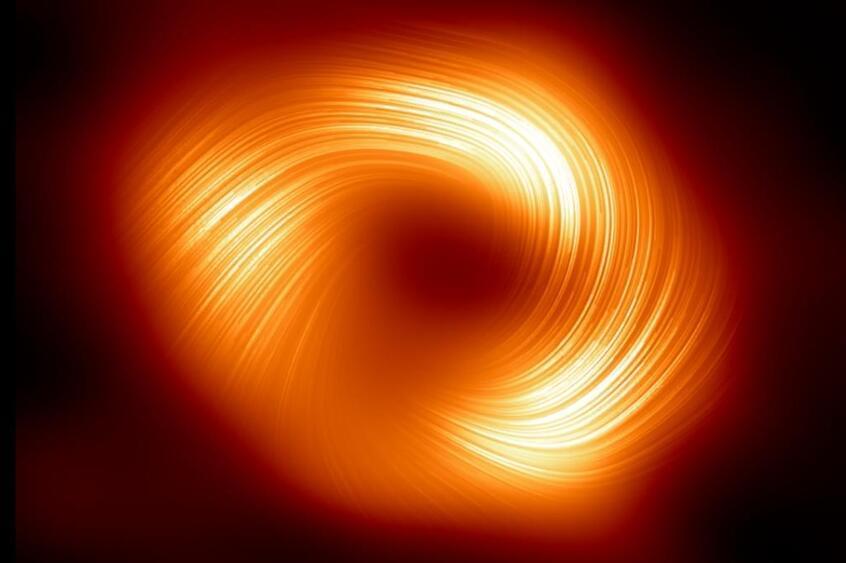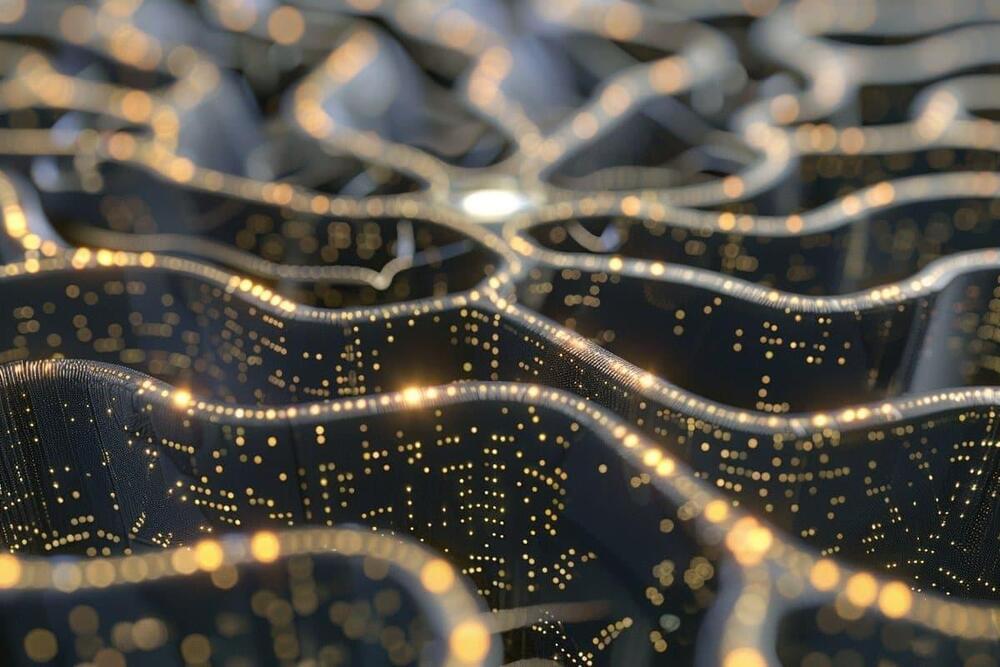Quantum computers will break encryption one day. But converting data into light particles and beaming them around using thousands of satellites might be one way around this problem.
A study from the Instituto de Astrofísica de Canarias (IAC) which combines laboratory chemistry with astrophysics, has shown for the first time that grains of dust formed by carbon and hydrogen in a highly disordered state, known as HAC, can take part in the formation of fullerenes, carbon molecules which are of key importance for the development of life in the universe, and with potential applications in nanotechnology. The results are published in the journal Astronomy & Astrophysics.
A recent study published in the journal PNAS Nexus sheds light on the impact of text-to-image generative AI tools like Midjourney, Stable Diffusion, and DALL-E on the artistic process. The researchers discovered that these AI systems tend to enhance artists’ productivity and lead to more favorable evaluations of their work by peers.
Interestingly, while the average novelty in AI-assisted artwork content declined over time, peak content novelty increased. The findings point to the possibility of “generative synesthesia,” a blending of human creativity and AI capabilities to unlock heightened levels of artistic expression.
The advent of generative AI has sparked a heated debate within artistic communities. While some view these technologies as a threat to the intrinsic human ability to create, others recognize their potential to augment human creativity. The research aimed to unravel whether AI adoption enables artists to produce more creative content and under what conditions it leads to more valuable artistic creations.
Ye, F., Zhang, S., Fu, Y. et al. Cell Discov 10, 33 (2024). https://doi.org/10.1038/s41421-023-00642-z.
Scientists have created an n-channel transistor using diamond for the first time, potentially leading to faster components that can work in extreme conditions.
Visit https://l.linqto.com/anastasiintech and use my promo code ANASTASI500 during checkout to save $500 on your first investment with Linqto.
LinkedIn ➜ / anastasiintech.
Support me at Patreon ➜ / anastasiintech.
Sign up for my Deep In Tech Newsletter for free! ➜ https://anastasiintech.substack.com.
Timestamps:
00:00 — Intro.
00:33 — New Blackwell GPU Explained.
06:35 — Demand for AI Chips.
07:01 — New 4 trillion transistors Chip.
10:04 — Why do we need Huge Chips?
14:04 — New Analog Chip Explained
A new fabrication process that could be used to build a quantum computer achieves an almost zero failure rate and has the potential to be scaled up, according to new research from engineers and physicists at UCL.
“We hope our work will contribute to informed decisions regarding regulatory measures or behavioral interventions to minimize chemical exposure and protect human health,” Tesar said in a statement.
1.8 million. That’s how many people globally have multiple sclerosis, according to the World Health Organization. The agency also found around one in 100 children worldwide have been diagnosed with autism.
“Rigorous safety tests are in place for human health that are evaluated by [the] U.S. Environmental Protection Agency for approval and compliance with all regulatory guidelines,” Brian Sansoni, senior vice president for Communications, Outreach and Membership for the American Cleaning Institute, told Forbes. The ACI represents top cleaning product manufacturers like the Clorox Company and Procter & Gamble. “ACI member company manufacturers make product safety a top priority.” Quats have been known to be effective at killing bacteria, germs, viruses and mold. “The use of cleaning products, disinfectants and their chemistries contribute to public health in homes, schools, healthcare settings and communities every single day,” the ACI said.
The results suggest a deeper investigation of Sgr A* may uncover hitherto undiscovered features.
The polarization of light and neat and strong magnetic fields of Sgr A*, and the fact that they closely resemble that of M87*, may indicate that our central black hole has been hiding a secret from us until now.
“We expect strong and ordered magnetic fields to be directly linked to the launching of jets as we observed for M87*,” Issaoun explained. “Since Sgr A*, with no observed jet, seems to have a very similar geometry, perhaps there is also a jet lurking in Sgr A* waiting to be observed, which would be super exciting!”
Summary: Neural networks, regardless of their complexity or training method, follow a surprisingly uniform path from ignorance to expertise in image classification tasks. Researchers found that neural networks classify images by identifying the same low-dimensional features, such as ears or eyes, debunking the assumption that network learning methods are vastly different.
This finding could pave the way for developing more efficient AI training algorithms, potentially reducing the significant computational resources currently required. The research, grounded in information geometry, hints at a more streamlined future for AI development, where understanding the common learning path of neural networks could lead to cheaper and faster training methods.
